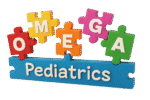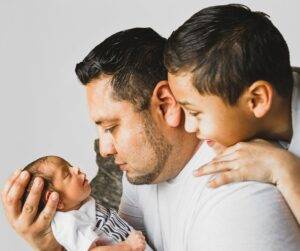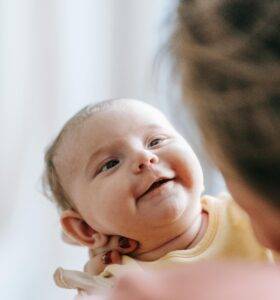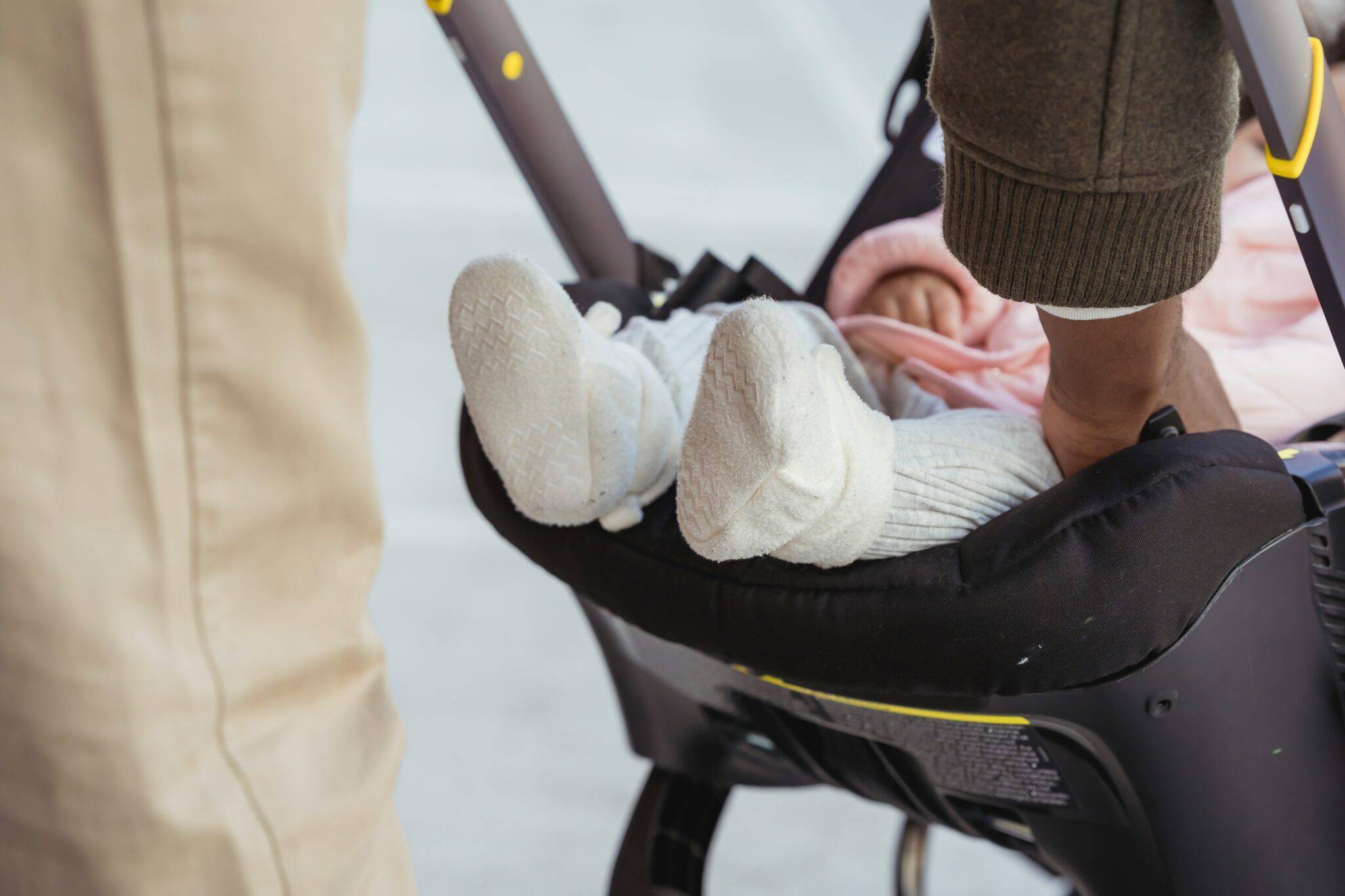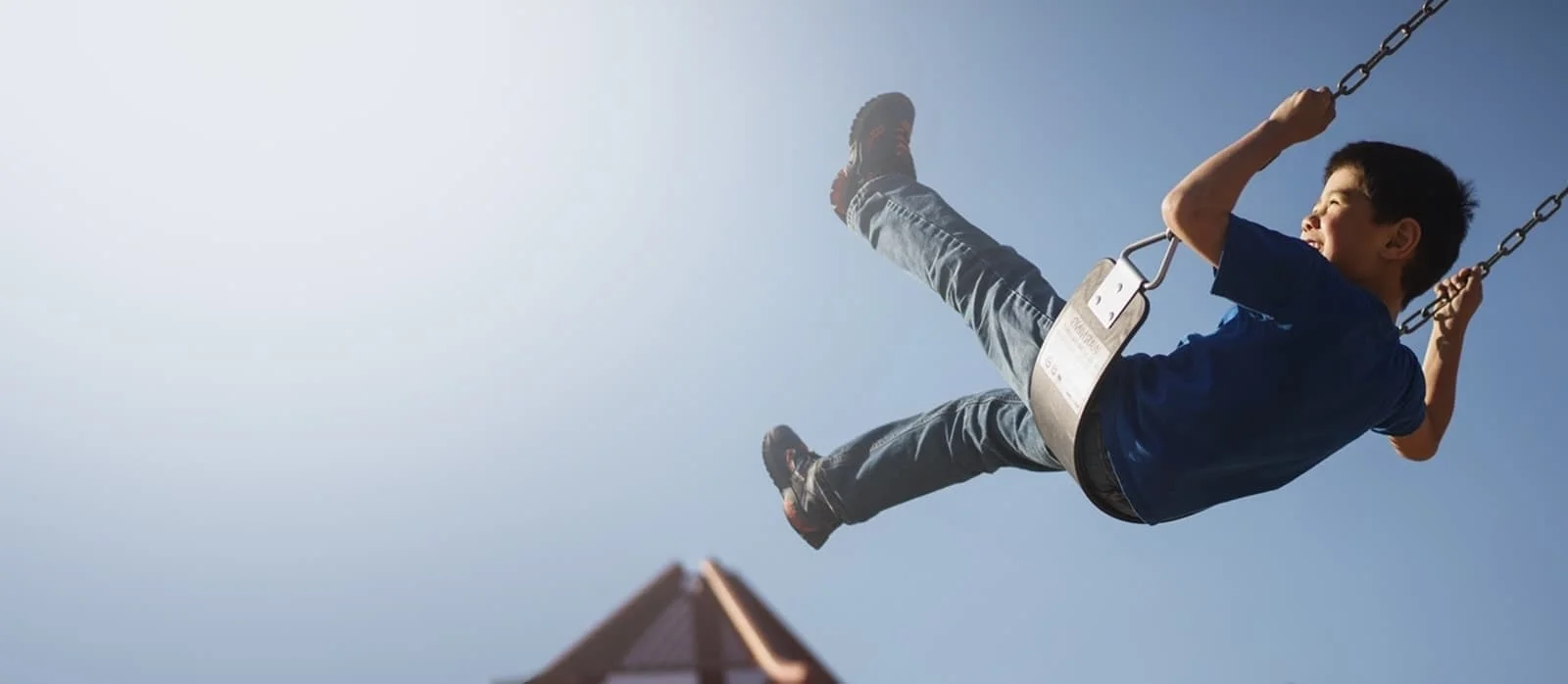As new parents, you’re likely excited and curious about every small milestone your newborn will achieve. One of the most heartwarming and memorable moments is when your newborn baby open eyes for the first time after birth and begins interacting with the world visually. However, there’s much more to this milestone than meets the eye—literally!
This blog post will take you through the development of a newborn’s vision, explaining not just when newborn baby open eyes but also detailing how their sight gradually improves, the various milestones they will reach, and how you can help stimulate your child’s visual development. We will also touch on signs of a problem and what to expect in eye development over the first year. Stay on this page as we delve deeper into this interesting topic.
When Does Newborn Baby Open Eyes After Birth?
Many parents ask, “When will my newborn baby open eyes?” The good news is that newborn baby open eyes very soon after birth. In fact, during those initial minutes after delivery, many newborns can briefly open their eyes and take in their new surroundings, even though their vision is still limited. Childbirth causes puffiness around the eyes, which may make it seem like your baby isn’t opening their eyes as widely as you’d expect.
But this puffiness subsides within a few days, and you’ll start seeing those little eyes wide open more frequently. That said, the ability for newborn baby open eyes doesn’t mean they’re seeing clearly. Newborns can only focus on objects about 8-12 inches away from their face—which happens to be the perfect distance for gazing up at you during feedings. This short focal distance is nature’s way of ensuring that newborns can recognize the most important faces in their early development—those of their caregivers.
What If My Baby Keeps Their Eyes Closed for a While?
It’s important to remember that all babies develop at their own pace, and some may take longer than others to open their eyes fully. This isn’t usually a cause for alarm. Some factors that might affect how long it takes a baby to start keeping their eyes open more regularly include:
- Premature birth: Babies born prematurely may take longer to open their eyes, being less developed at birth. This is normal, and most premature infants will catch up over time.
- Recovery from birth: Labor is a physically demanding process for newborns, just as it is for mothers. If your baby keeps their eyes closed more often in the first day or two because they are resting and recovering from the birth,
- Fatigue: Newborns sleep most of the day (up to 16–18 hours), so it can sometimes feel like they rarely open their eyes. You’ll notice them alternating between short wakeful periods and longer sleep stretches.
If your baby hasn’t opened their eyes within the first week, or if one eye seems to remain closed, it’s worth discussing with your pediatrician during your well-baby checkups. Otherwise, occasional eye closure is common in newborns and is usually no cause for concern.
Learn more about visiting your baby’s pediatrician in this article: 10 Reasons to Visit Your Pediatrician After Bringing Home Your New Baby
Newborn Vision: What Can Babies See?
While newborns open their eyes soon after birth, their vision is far from fully developed. Their visual experience during those first few weeks of life is limited. Newborns see the world in shades of black, white, and gray, and their vision is blurry due to the immaturity of both their eyes and their brain’s visual processing capabilities.
At birth, babies have all the eye structures, but these aren’t yet fully functioning. The eyes need time to adjust to the world outside the womb, and so does the brain. The optic nerve, which sends signals from the eyes to the brain, is still developing. Therefore, newborns don’t see things as clearly or brightly as older babies or adults do.
How Far Can Newborns See?
As mentioned, newborns see objects about 8–12 inches away. This distance is enough to see your face when holding them close during feeding or cuddling. Babies seem to have an innate preference for faces, especially those of their parents or caregivers, and they often stare intently at the human face when they’re awake and alert.
This initial preference for faces isn’t just cute; it’s an essential part of bonding and attachment. Even though they can’t fully understand what they’re seeing, newborns are instinctively drawn to the familiar shapes of their caregivers’ faces, and over time, they start recognizing these important individuals.
Milestones in Vision Development
Vision development in newborns doesn’t happen overnight. Instead, it’s a gradual process that unfolds over the first year of life. Each month brings new abilities and ways for your baby to interact with the world visually. Here’s a month-by-month breakdown of what you can expect:
1 to 2 Months: Focus and Tracking
In the first month or two, babies focus more clearly on faces and objects close to them. They also start to develop the ability to track moving objects. This means that if you slowly move a toy or your face in front of them, they may be able to follow it with their eyes, although their eye movements may still be jerky and uncoordinated at this stage.
Another key milestone during this period is improved light sensitivity. While newborns tend to squint or turn away from bright lights in the early weeks, by about 2 months, they become tolerant of various lighting environments. However, avoid harsh or bright lights.
3 to 4 Months: Full Color Vision
Babies reach 3-4 months; they can see a wide range of colors. Although they could only perceive black, white, and shades of gray earlier, their color vision begins to develop at this stage. Babies will show more interest in brightly colored objects, toys, and pictures, and you may notice them reaching out to grab colorful items. Babies also become more skilled at recognizing familiar people and objects. They may even smile in recognition when they see your face, signaling they develop their vision and social awareness.
5 to 6 Months: Depth Perception and Eye Coordination
Around 5-6 months, babies start to develop depth perception, which allows them to judge how far away an object is. This new ability helps them become more accurate when reaching for things, and you’ll notice that they start grabbing toys and other objects with greater coordination and confidence.
Depth perception is an important part of their vision development and is closely linked to the development of motor skills. Babies are also more mobile during this time, and their improved vision helps them interact more effectively with their environment.
7 to 12 Months: Visual Precision
Babies’ vision becomes much clearer and more precise. By 7–12 months, babies can see almost as well as adults, although their vision will continue to refine. They better understand their environment and can spot tiny objects or toys further away.
At this stage, you’ll also notice that your baby has excellent eye-hand coordination, which they use to pick up and examine small objects. Babies are now more likely to crawl or scoot toward objects they want, and they may even start to stand or walk, all while using their vision to navigate the space around them.
Common Eye Concerns in Newborns
You might wonder whether your baby’s eyes are developing correctly. Most babies’ vision develops naturally. However, there are a few signs to watch out for that might indicate a potential problem with your baby’s eyes or vision:
- One eye consistently drifts inward or outward. This indicates a condition known as strabismus, where the eyes don’t properly align. While occasional wandering of the eyes is normal in young babies, consistent drifting requires medical attention.
- Not tracking objects by 3 months: By this age, most babies should be able to follow a moving object with their eyes. If your baby isn’t doing this, it’s worth discussing with your pediatrician.
- No eye contact: By 3 to 4 months, babies should begin to make eye contact and show interest in faces. If your baby avoids eye contact, it may be a sign of a developmental delay.
- Excessive tearing, redness, or discharge: These could be signs of a blocked tear duct or an eye infection, which requires your pediatrician’s evaluation.
If you notice these signs, bring them up during your baby’s next well-child visit. Early detection and treatment of eye issues impact a child’s overall visual development.
For more information about newborn vision and other developmental concerns, this article might interest you: When Newborn Baby Can See: 3 ‘First’ Visual Milestones for a Healthy Start
How to Support Your Baby’s Visual Development
As a parent, there are simple and effective ways to support your baby’s visual development at home. Create a stimulating and visually engaging environment to help your baby’s eyes and brain grow stronger together.

- Encourage Face-to-Face Interaction: From the beginning, your baby will love looking at your face. When you hold or feed them, position yourself so they can easily see your face. Talking and making eye contact fosters emotional bonding but also strengthens your baby’s ability to focus.
- Use High-Contrast Toys: In the early months, toys in high contrast in black, white, and red appeal to newborns. These bold patterns help stimulate the visual part of the brain and encourage babies to focus and track moving objects. As they grow and their color vision improves, more colorful toys and books.
- Create a Visually Stimulating Environment: Give your baby plenty of opportunities to practice their visual skills by providing a stimulating environment. Place interesting objects, like colorful toys or patterned mobiles, within your baby’s field of vision. Changing the objects in their environment regularly can also encourage them to look around and explore.
- Provide Safe Spaces for Exploration: Once your baby becomes more mobile, provide a safe space for them to explore. Crawling, scooting, and reaching for objects all help refine their vision and motor skills. Babies learn by touching, grabbing, and observing the world around them, so provide plenty of safe toys and room to move.
Embrace the Moment When Newborn Baby Open Eyes
Watching your newborn baby open eyes and their vision develop is one of the most rewarding aspects of parenthood. Although babies open their eyes shortly after birth, their journey toward full vision gradually unfolds over the first year of life.
By understanding the milestones your baby will reach—from tracking objects to recognizing faces and seeing in full color—you’ll be better prepared to support their visual development. Your baby’s vision development is an exciting part of their overall growth. Proper care, regular checkups, and a stimulating environment can help them see the world more clearly—one milestone at a time.
